Essentially dry-brined lemon rind, this Quick Preserved Lemon Substitute is an easy, passable alternative when recipes call for preserved lemon and you don't have any on hand.

An indispensable ingredient in North African and Moroccan cooking, the unique pickled taste and texture of real preserved lemons cannot be duplicated with fresh products. That said, preserved lemons are not something everyone keeps in their pantry - and sometimes you just don't have the means to get them.
When in need, this quick and easy preserved lemon substitute is a decent and acceptable option when a recipe calls for preserved lemon.
Jump to:
What are Preserved Lemons?
Real preserved lemons are lemons that have been salted and packed into jars, and then allowed to ferment for several weeks to months. Fermentation naturally preserves the lemons, and the process results in a delicious condiment that features prominently in many cuisines.
Salt-preserved lemons originated in the Middle East, and are now found in cuisines all over the world. Mr B and I were introduced to preserved lemons when we took a Moroccan cooking class together. Our instructor for the day was Chef Priscilla Umeda, a beautifully warm, captivating woman with great passion and skill for cooking.

Before we got to work, Chef Priscilla gave us a little history about Moroccan cuisine. We learned that Moroccan cuisine is considered one of the most important cuisines in the world, due in great part to the remarkable diversity of colonizers and immigrants who have influenced it over the last millennia.
The cuisine of Morocco’s first inhabitants, the Berbers, still exists today in dishes like tagine and couscous. It took on spices, nuts and dried fruits, and the sweet and sour combinations from Arab invasions; olives, olive juice and citrus from the Moors; pickling from Moroccan Jews; and kebabs from the Ottoman Empire. The short-lived French-Moroccan colony left behind a culture of cafes, pastries, and wine.
During our class, Chef Priscilla walked us through the preparation of four traditional Moroccan dishes, including Chicken Tagine with Dried Fruits, which became the foundation for our Apricot Chicken Tagine with Ginger & Mint recipe.
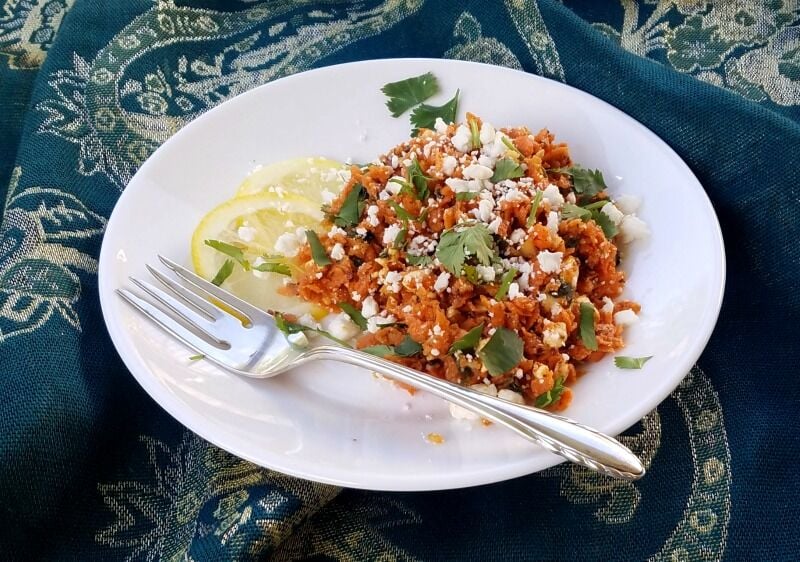
She also shared a recipe we later adapted into our Moroccan Carrot Salad with Harissa, Feta & Mint. However, we knew that the majority of our readers wouldn't have preserved lemon just sitting around in their pantry, so we whipped up this quick and easy-to-make substitute.
How Does this Quick Preserved Lemon Compare?
Let's be clear: there is no way a 1-hour hack can even come close to tasting like real preserved lemons. If you have some on hand, by all means; use them!
We used our Moroccan Carrot Salad recipe to make a taste comparison. We made two identical batches of salad; the only difference being one was made with real preserved lemons and the other was made with this quick substitute.
We weren't surprised to discover that the authentic preserved lemons added a more complex, unique flavor - one that is lost in when using Quick Preserved Lemons.
However, while our quick-fake lacked the depth of flavor that the real preserved lemons imparted, we are pleased to report that it was otherwise a quite satisfying lemony, bright, and mildly briny substitution in the salad.
Dry-Brined Lemon Ingredients
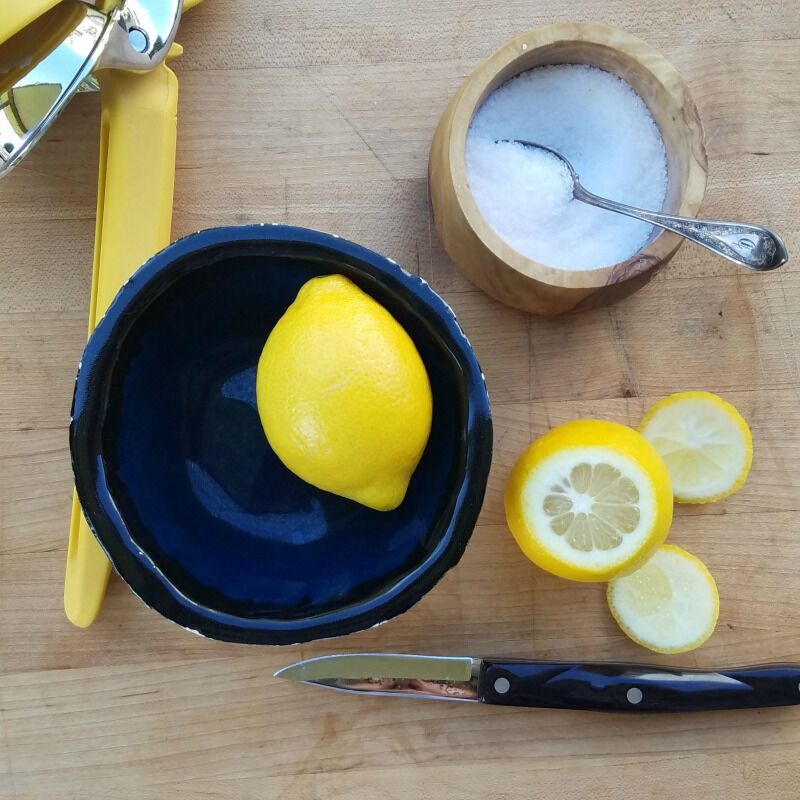
Well, this list is dead simple, innit?
- Lemon: You only need zest and rind of the lemon. You can use the juice for something else, or freeze it for later.
- Salt: Use kosher salt for best results. The relative grittiness of the salt helps to break down the lemon.
How to Make Quick Brined Lemon
For each preserved lemon rind, you will need one lemon and ¾ teaspoon kosher salt.
Using a sharp paring knife, cut off the lemon rind. I aim for halfway between the fruit and the zest, in the middle of the rind.
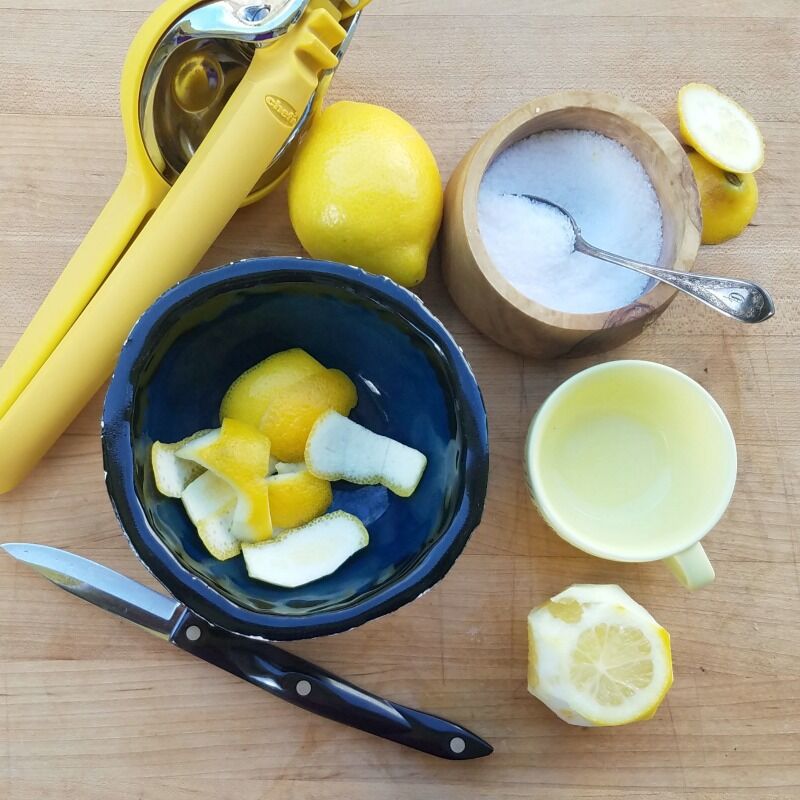
Mince the lemon rind, but don’t pulverize it.

Sprinkle salt over lemon rind, and work together with the back of a spoon. Allow to sit for at least one hour, and preferably overnight before using.
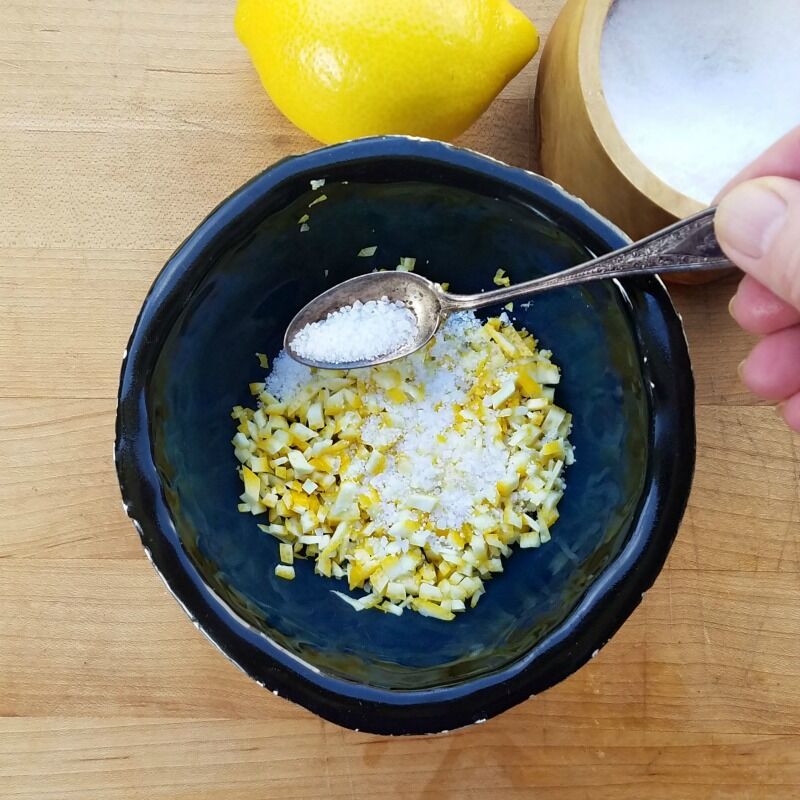
Use as is. Do not attempt to rinse the lemon rind.
Storage
This quick preserved lemon should be covered and refrigerated, and used within a week. They can also be frozen in an airtight bag for up to three months.
Ways to Use Preserved Lemon
Preserved lemon adds a zesty, vibrant flavor to everything it touches. Here are a few recipes you can try:
- Moroccan Carrot Salad with Harissa, Feta & Fresh Herbs
- Grilled Chicken Kebab Wraps
- Sweet Potato Cakes with Preserved Lemon Yogurt Sauce
- Preserved Lemon Couscous Salad
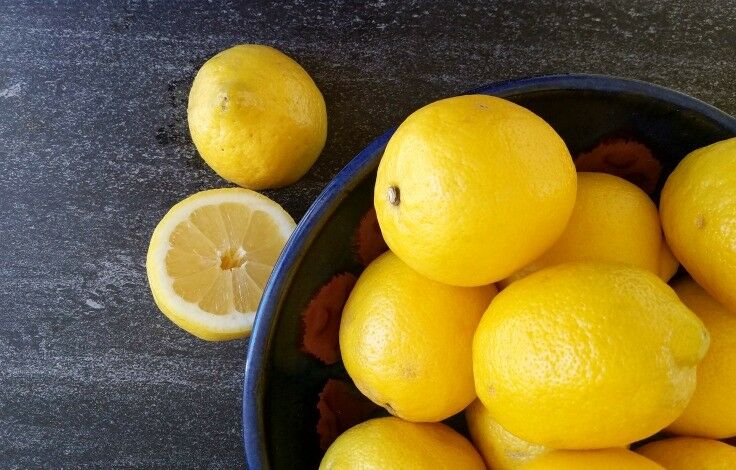
More Lemon Recipes
We love fresh lemons, and they are an important ingredient in many of our recipes, including Lemon Chicken Curry, Stuffed Grape Leaves, Rosemary Lemon Potatoes, and Lemon Meringue Mini-Tarts.
Love lemons? Check out 30+ Handpicked Meyer Lemon Recipes You Need to Try!

Want More Free Recipes?
Subscribe to our newsletter to get family-friendly recipes and cozy living ideas in your inbox each week!
Find us on Instagram, Pinterest, and Facebook, too.

Quick Preserved Lemon Substitute
Instructions
- For each preserved lemon rind, you will need one lemon and ¾ teaspoon kosher salt.
- Using a sharp paring knife, cut off the lemon rind. I aim for halfway between the fruit and the zest, in the middle of the rind.
- Mince the lemon rind, but don’t pulverize it.
- Sprinkle salt over lemon rind, and work together with the back of a spoon. Allow to sit for at least one hour, and preferably overnight before using. Use as is. Do not attempt to rinse lemon rind.
Notes
Nutrition
This website provides approximate nutrition information for convenience and as a courtesy only. You are solely responsible for ensuring that any nutritional information provided is accurate, complete, and useful.
Thank you for visiting the Good Hearted Woman. Remember to bookmark this site, and come back soon!


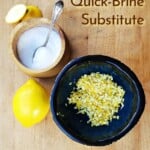


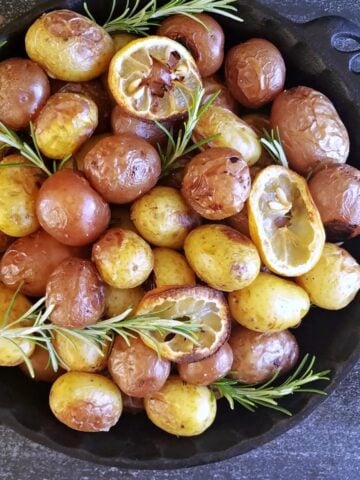

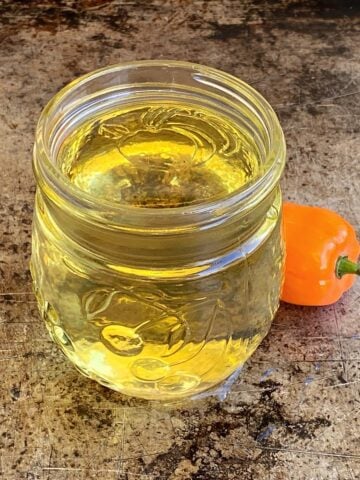
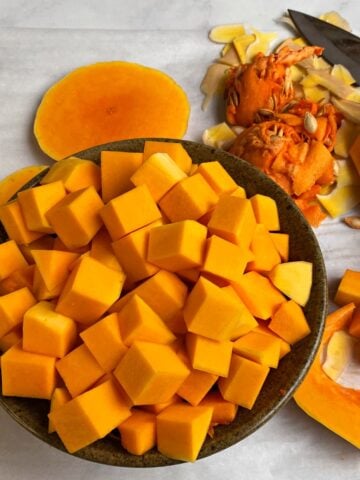
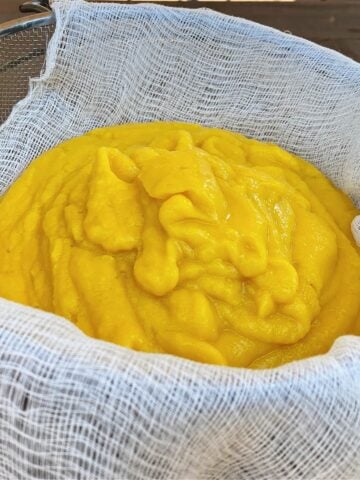

Leave a Reply